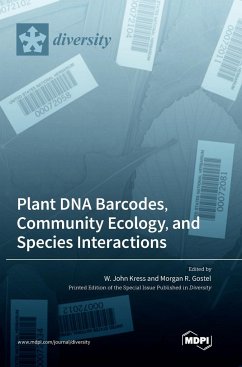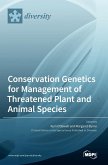The community of biologists has been eager to realize the promise of DNA barcodes since the concept was first proposed in 2003. As we approach twenty years of DNA barcoding, their application continues to increase, and methods continue to be developed that utilize this ever-expanding resource for multiple fields of biology. The nearly ten million DNA barcodes available today provide a database that is especially useful for ecology and evolutionary biology. Thanks to these large and well-curated DNA barcode resources, fundamental biological questions can be more rigorously addressed regarding community evolution, assembly, herbivory, pollination, and species interactions across and among diverse habitats and organisms, including plants, animals, fungi, and microorganisms. This reprint illustrates the wide variety of applications of DNA barcodes, especially in plants, to tackle research topics in ecology, evolutionary biology, plant-animal interactions, taxonomy, conservation, and ethnobotany.
Hinweis: Dieser Artikel kann nur an eine deutsche Lieferadresse ausgeliefert werden.
Hinweis: Dieser Artikel kann nur an eine deutsche Lieferadresse ausgeliefert werden.








